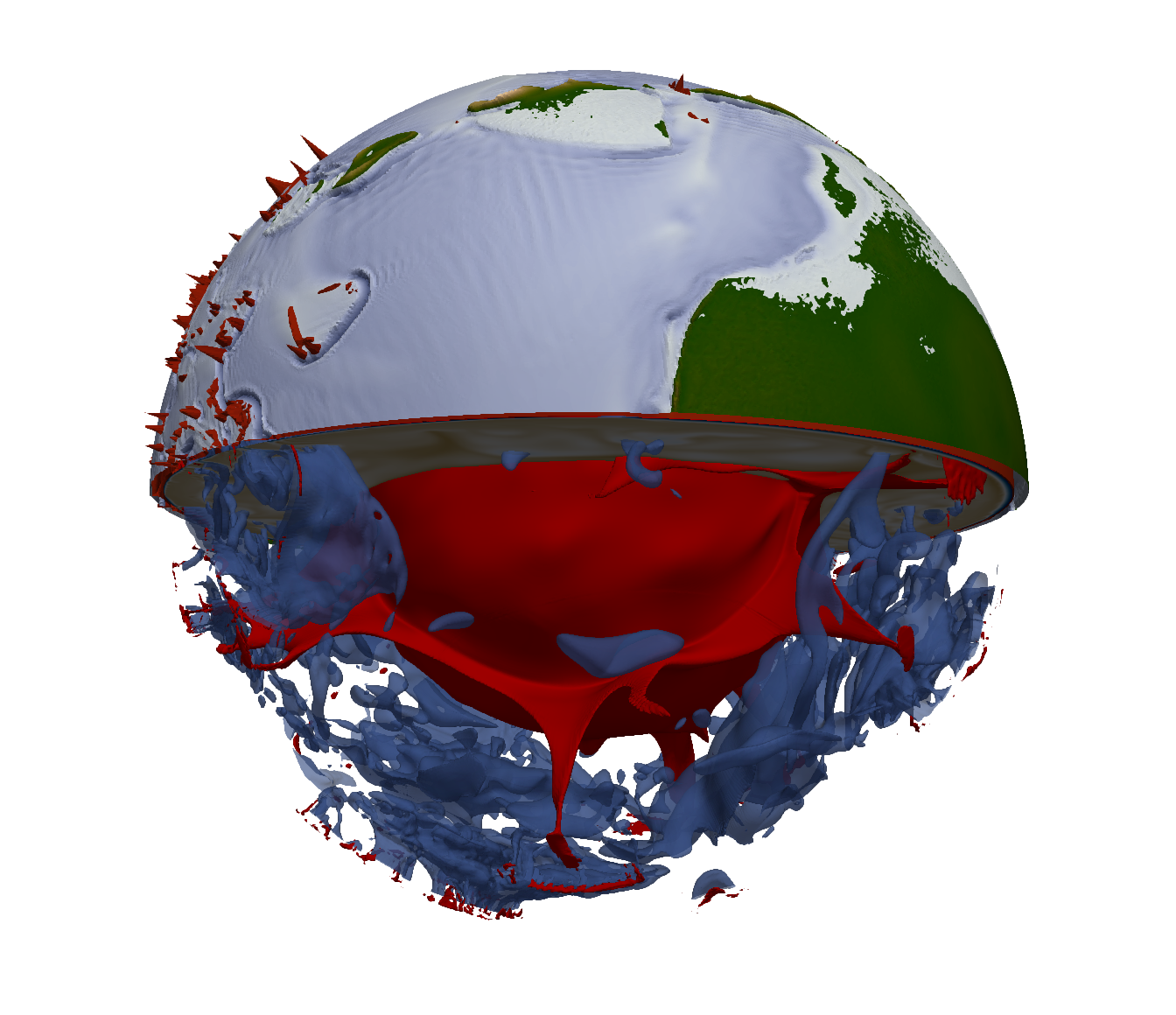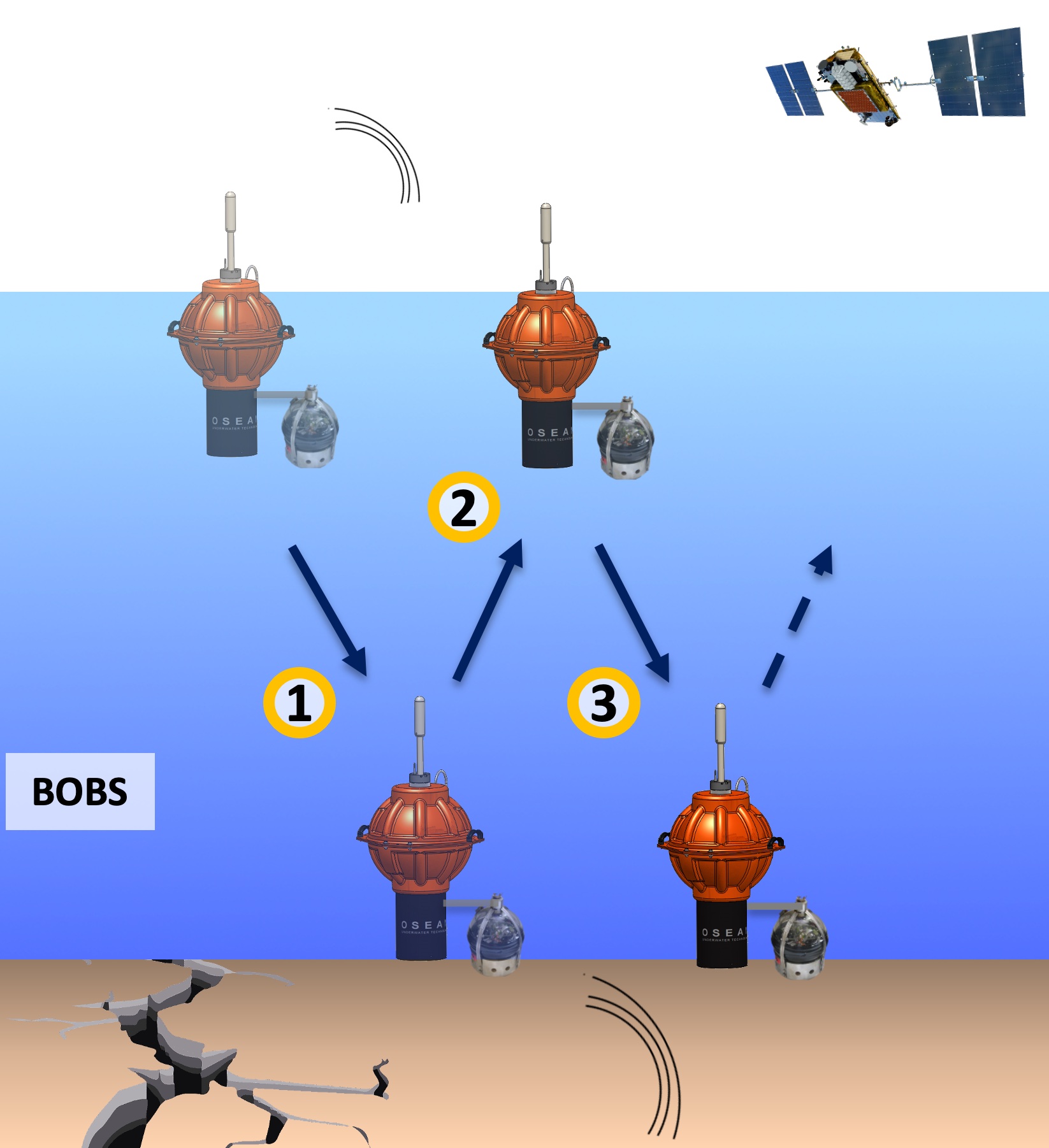
Thematic research : GEOPHYSICS
Study of Earth as a habitable planet
Overview
The aim is to understand what makes our Earth special and habitable, by studying the crucial role played by internal dynamics on the surface. The Origins project explores the Earth’s depths to better understand the planet’s evolution from accretion to conditions conducive to the emergence of life.
Scientific
FRAMEWORK
The challenges
The evolution of the Earth’s interior has shaped its surface, its climates and thus the environment that supports life. How specific is the Earth’s internal structure, does it contain evidence of its formation, how did it evolve, how is it cooling, what is the origin of water and volatile elements, how did the magnetic field get started, when did plate tectonics begin… these are fundamental questions. Through the diversity of its scientific approaches and research teams, the French community will be developing new tools to provide long-awaited answers that will establish the habitability criteria to be applied to exoplanets.
The scientific framework
The aim of this axis is to understand what makes our Earth such a special and habitable planet, not only within our solar system, but also throughout the known Universe. At the heart of this exploration, the thermal state of the core plays a crucial role. It is the source of the Earth’s magnetic field, which protects our precious atmosphere from the solar wind. The dynamics of the mantle, which determines surface tectonics, magmatism and exchanges between the surface and the depths. Plate tectonics is of paramount importance, as it shapes the deep cycles of elements essential to life, such as hydrogen and carbon, through subduction. Understanding our planet’s internal dynamics inevitably requires in-depth knowledge of its structure. With this in mind, PEPR Origins aims to develop cutting-edge instrumentation that will enable seismometers to be installed on the seabed, giving us a new insight into the earth’s depths.
Future instruments
Observing, experimenting and modeling the internal processes at work to make the planet habitable requires technological leaps. For the moment, one instrument has been selected. This involves the development of seismic bottom sensors that will enable the simultaneous collection of deep-sea data for various marine environmental disciplines. Its versatile design offers the possibility of flexibly accommodating other physical, chemical and biological sensors, focusing on the issues of climate change, environmental degradation and ocean monitoring. Thanks to this equipment, 70% of the Earth’s surface will finally be covered. The seismic signals captured will make it possible for the first time to produce precise images of the planet’s interior and reveal its structure.
Axis managers :
Nathalie BOLFAN : N.Bolfan@opgc.univ-bpclermont.fr
Nicolas COLTICE : nicolas.coltice@oca.eu
